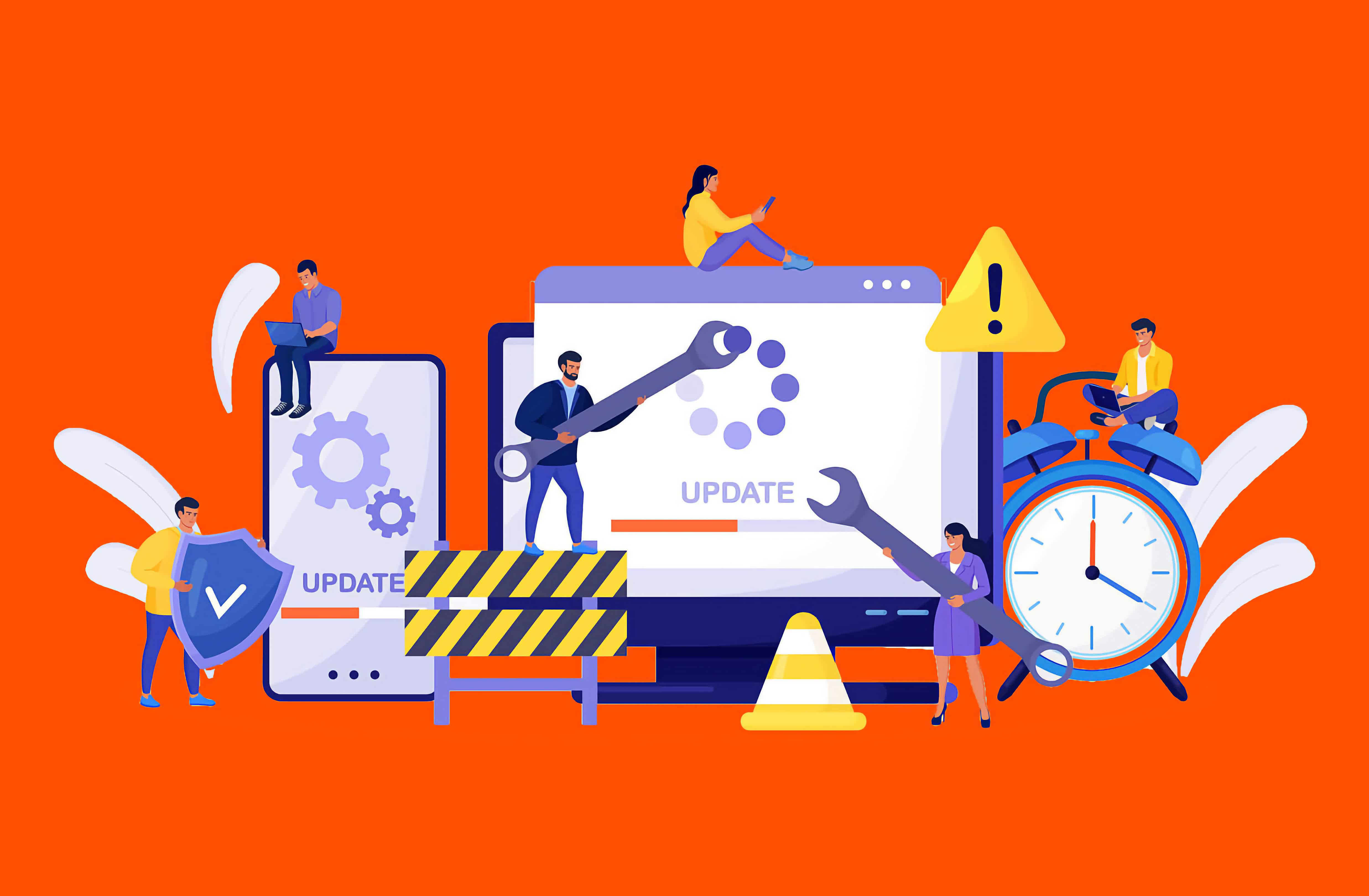Failover vs. Failback: Two Disaster Recovery Methods
A key distinction in the realm of disaster recovery is 关键字2the one between failover and failback. Both terms describe two sides of the same coin, complementary processes that are often brought together. However, their effects and purposes couldn't be more different. Both play critical roles in ensuring business continuity and disaster recovery, making it essential to understand what they are and how they differ. Failover is a business continuity operation that ensures continued access to a system by fully transitioning to another instance of that system. This secondary system is designed to be resilient, ideally unaffected by the event that compromised the primary system. Put simply, failover occurs when connectivity is switched from one system instance to another. This can happen in various ways, including: Editor's Note: The critical point about failover is that it involves a complete migration of logical or physical access from the primary system, server, or hosting location to a secondary one. While other processes, such as load balancing, may distribute partial connectivity between system instances or components, they do not qualify as failover because they do not represent a full cutover. Failback is the quintessential disaster recovery operation. It involves a full migration back to the production status quo – a recovery if you will – at the validated conclusion of a disaster. Failback occurs when a system reverts back to the primary environment after the root cause of a disruption has been addressed. In practice, this looks like a failover, but in reverse. Once the primary system is restored, access is pointed to that system, and the standby is deactivated. This reversion is a critical distinction. Some organizations may have complete standby systems for critical applications, which permit full operations on the standby system. In that case, the standby can rightfully be considered the primary and the repaired former primary the new standby. Failover is critical in a business continuity event because it keeps operations running. By having a system to which your business can transition when a primary system is unavailable, you're able to continue doing business. People can work, revenue streams are preserved, and customers can be served. Without failover, these functions could grind to a halt, leading to significant disruption. Many organizations depend on technology for critical processes, and when those processes are unavailable, analog alternatives may be insufficient or entirely obsolete. Failover ensures that even in a disaster, the business keeps moving. Failback comes into play once the need for failover ends. As the disaster is resolved, failback allows the organization to return to normal operations. Typically, failback is necessary when the standby system cannot sustain operations as effectively as the primary system. For instance, a standby system may not be a full replica of the primary system and might be designed only for temporary use during an emergency. For mission-critical systems, some organizations may build a standby system that is a full replica of the primary. While costly, this approach mitigates the risks of diminished functionality during disasters. In an ideal world, every business would maintain two fully operational environments: a primary environment and an identical standby environment. This setup would allow for seamless transitions during disasters, ensuring that business operations are completely unaffected. However, that model can effectively double an IT budget: two sets of endpoints, two sets of servers, two sets of cloud environments, two sets of data, staff to support that both in IT and business operations, etc. It's costly and inefficient for any company, to the point where no company truly maintains that support model. Instead, most organizations opt for a failover and failback model because it balances cost and efficiency. With this approach, the standby environment is designed to sustain critical operations during a disaster, even if it's not as robust as the primary system. This makes it more economical, less work is duplicated, and the risk of data loss or impact is lower. It's crucial to maintain a well-designed secondary environment. Cutting costs too deeply on a standby system can result in inefficiencies or financial losses if critical operations are disrupted. Striking the right balance between cost and functionality is key. If uninterrupted business operations are essential, then a strategic failover and failback plan is not optional – it's a necessity.What is Failover?

This guest blog post was written by the staff at Pure Storage, an US-based publicly traded tech company dedicated to enterprise all-flash data storage solutions. Pure Storage keeps a very active blog, this is one of their "Purely Educational" posts that we are reprinting here with their permission.What is Failback?

The Role of Failover and Failback in Disaster Recovery

The Benefits of Leveraging Both Failover and Failback

- 最近发表
-
- DSI รวบหัวหน้าแอดมินเว็บพนันเครือข่ายแม่มนต์ฝากขังศาลอาญา ค้านประกันตัว
- 装修设计攻略 装修设计费用是多少
- 《三国志13》远程在野武将录用攻略
- Ramiz Raja hails Sikandar Raza's heroics
- 国家数据局:公共数据、企业数据两份开发利用文件年内出台
- Rockies vs Yankees 3
- 世俱杯来了!2025世俱杯高清赛程长图!
- NASA astronauts are proud bedwetters. They even practice.
- Display Tech Comparison: IPS vs. VA vs. TN vs. QD
- 原神5.2新地图爆料 5.2版本新区域介绍
- 随机阅读
-
- 晚会策划10篇[精品]
- Đảng Cộng sản Việt Nam: Độc lập dân tộc gắn liền với chủ nghĩa xã hội
- 《美女请别影响我成仙》新预告 首发特价39元
- linux chmod命令详解
- 终极战力排行盘点:从汪大东开始
- 2024告别五月伤感说说 五月最后一天的伤感的文案
- Webb telescope just got a crystal
- Pakistan opt to bat first against Bangladesh in second T20I
- นายกฯ ห่วงสถานการณ์ความตึงเครียดระหว่างอิสราเอลกับอิหร่าน สั่ง กต.จัดตั้งศูนย์ RRC ช่วยเหลือคนไทย
- 城中村垃圾分类示范点不锈钢垃圾分类亭定制
- Hubble snaps photo of an eerie part of the universe
- Rockies vs Yankees 3
- 认识XP系统中的十个特殊文件
- 异象回声预抽卡角色怎么选择 异象回声预抽卡角色选择推荐
- 《美女请别影响我成仙》新预告 首发特价39元
- นายกฯ เรียกถกด่วน หารือแก้ปัญหาบุกรุกพื้นที่แนวชายแดนไทย
- 《寂静岭f》女演员入戏太深 饰演过程感觉精神崩溃
- Launch Comms: Upping Your Arsenal: Primary and Secondary Weapons Detail for Modern Warfare III
- Call of Duty: Next Reveals Urzikstan, the New Big Map Coming to Call of Duty: Warzone
- Launch Comms: Prepare for Call of Duty: Modern Warfare III — Everything You Need to Know
- 搜索
-
- 友情链接
-